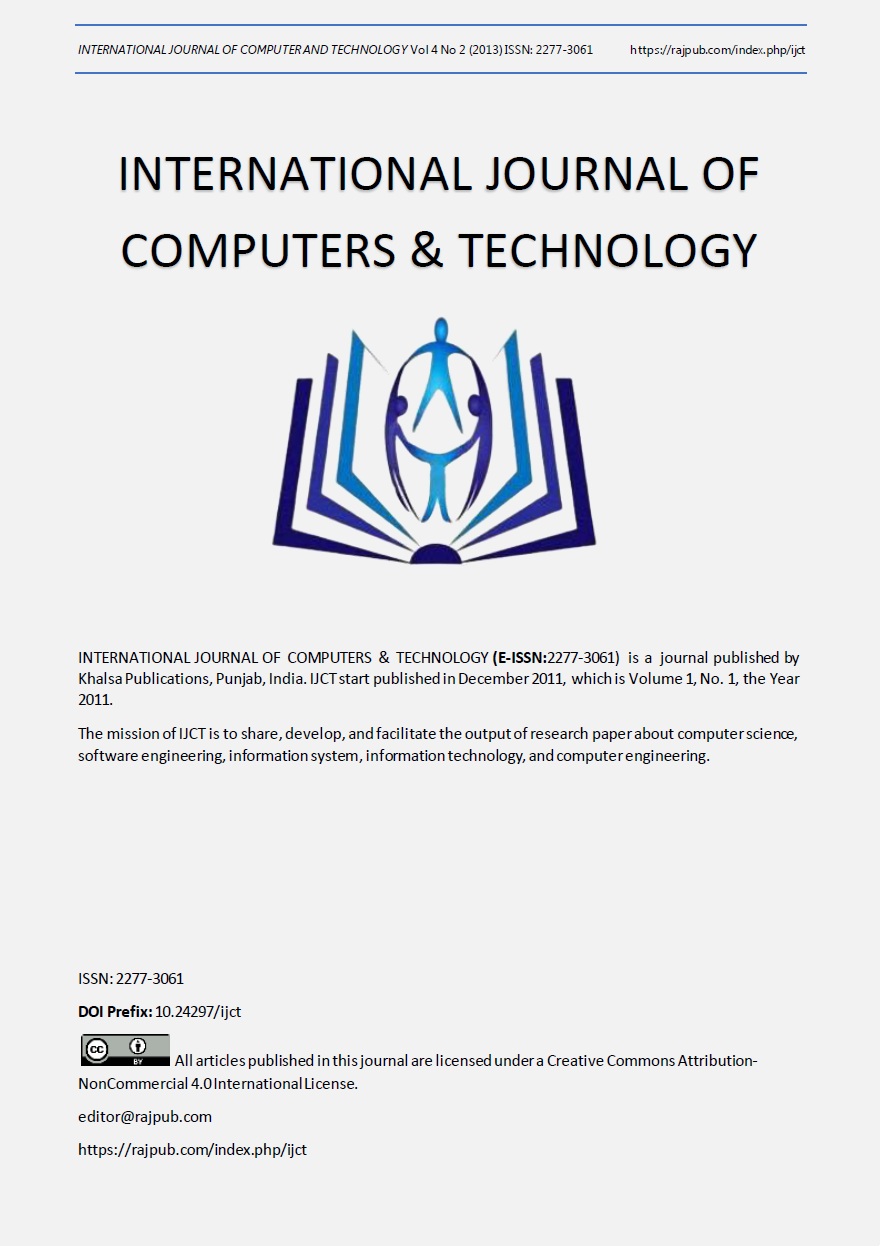Security Test by using F T M and Data Allocation Strategies on Leakage Detection
DOI:
https://doi.org/10.24297/ijct.v4i2b1.3227Keywords:
Data leakage, Data privacy, Allocation strategies, security testing, Software security.Abstract
The data distributors work is to give sensitive data to a set of presumably trusted third party agents.The data i.e., sent to these third parties are available on the unauthorized places like web and or some ones systems, due to data leakage. The distributor must know the way the data was leaked from one or more agents instead of as opposed to having been independently gathered by other means. Our new proposal on data allocation strategies will improve the probability of identifying leakages along with Security attacks typically result from unintended behaviors or invalid inputs. Â Due to too many invalid inputs in the real world programs is labor intensive about security testing.The most desirable thing is to automate or partially automate security-testing process. In this paper we represented Predicate/ Transition nets approach for security tests automated generationby using formal threat models to detect the agents using allocation strategies without modifying the original data.The guilty agent is the one who leaks the distributed data. To detect guilty agents more effectively the idea is to distribute the data intelligently to agents based on sample data request and explicit data request. The fake object implementation algorithms will improve the distributor chance of detecting guilty agents.









